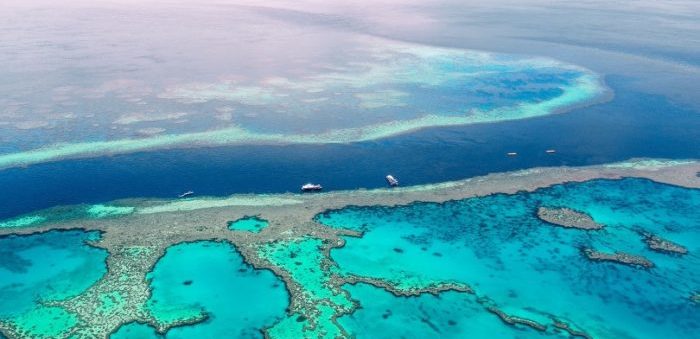MARPOL allows unprocessed food waste to be discharged into the sea from vessels proceeding at a distance not less than 12 nautical miles from the nearest land. However, according to Gard not all coastal states define their ‘nearest land boundary’ in the same way.
According to Gard, a vessel was detained in Australian for illegally discharging food waste into Australian waters. The alleged incident took place when the vessel was 13 nautical miles (nm) from shore.
[smlsubform prepend=”GET THE SAFETY4SEA IN YOUR INBOX!” showname=false emailtxt=”” emailholder=”Enter your email address” showsubmit=true submittxt=”Submit” jsthanks=false thankyou=”Thank you for subscribing to our mailing list”]
In addition, before this incident, another vessel was penalised in China for the same reasons. According to this ship’s log book, it had been approaching Ningbo Port at the time of the alleged incident and the crew had taken precautions to make sure that the vessel was at least 12 nm from the Chinese shore before discharging any food waste.
The MARPOL Convention does not allow discharge into the sea of nearly all forms of garbage, including plastic. It does, however, contain a specific exemption for food waste.
Namely, discharge into the sea of food waste is allowed while the vessel is sailing and as far as practicable from the nearest land, but in any case, not less than 3 nm from the nearest land if the discharged food waste has been comminuted or ground, and not less than 12 nm for unprocessed food waste. Stricter discharge standardsare applicable to ‘Special Areas’, but neither Australia nor China have any Special Areas.
When discharge standards require a specified distance from the nearest land, the term ‘from nearest land’ means from a country’s territorial sea baseline. However, there is one exception, as on the north eastern coast of Australia, its nearest land boundary extends around the outer edge of the Great Barrier Reef (GBR) and discharges permitted under MARPOL must be measured seaward of this boundary. GBR is a particularly sensitive sea area and additional protection measures apply.
Regarding the Australian case, the crew had discharged food waste beyond the 12 nm limit measured from Australia’s territorial baseline but did not recognise that the vessel was operating within the GBR region.
In the Chinese case, the crew did not know that China hasd straight baselines along parts of its coast. According to China’s Declaration of 15 May 1996, the baseline off Ningbo Port is between points located on two remote islands and pushes the territorial sea limit further seaward. Thus, the crew discharged food waste beyond the 12 nm limit but did not recognise that the vessel was still operating within Chinese waters.
In order to prevent similar incidents from happening, Gard recommends the following measures:
- Masters must ensure that environmental issues are considered in voyage and passage planning. Areas with specific marine environmental measures apply should be noted in the detailed passage plan.
- Operators must ensure that vessel procedures and nautical charts include all relevant information and are up to date.
- Vessel crews must know that ‘nearest land’ in MARPOL does not necessarily mean the ‘nearest shoreline’.
- While discharge of food waste may be allowed, the food must not be contained in a plastic garbage bag, as plastic cannot be discharged into the sea.


































































HOW ABOUT IF THE VESSEL IS DRIFTING AND MAKING WAY, OUTSIDE SPECIAL AREAS, CAN POSSIBLE TO DISCHARGE FOOD WASTE?
Good question,I have the same doubt.
Vessel has to be enroute. That means the vessel has to be sailing from one place to another. If drifting, awaiting for voyage orders, then better to store the food waste and discharge once you receive the orders and proceed on the voyage. Intention is that you spread the food waste over a wider region for it is to be easy biogradable.